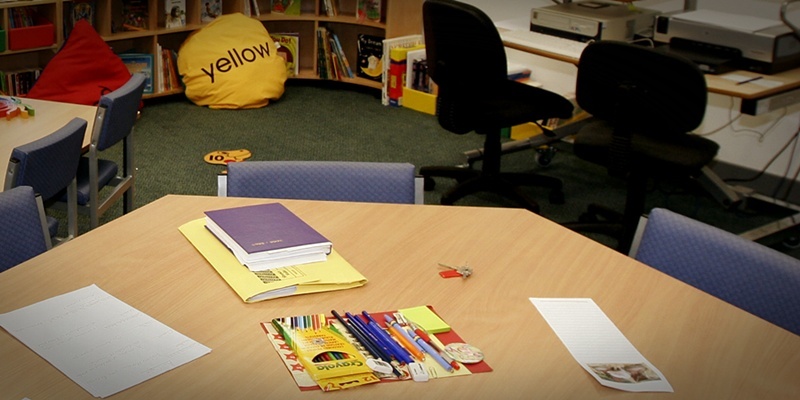The Scottish Government has been accused of ”lurching from one extreme to another” after announcing a rise in the number of teacher training places.
Ministers want an extra 300 student teachers at university in 2012-13. They say rising pupil numbers and a fall in the number of teachers who are out of work has demonstrated a need to increase supply.
The rise follows previous cuts and has been criticised by opposition politicians and teaching unions.
Ann Ballinger, general secretary of the Scottish Secondary Teachers’ Association, said she was ”staggered” by Education Minister Mike Russell’s announcement.
She added: ”I welcome any move away from boom and bust but it concerns me that only 16% of new teachers have full-time permanent jobs. They have given up four years of their lives. We cannot ask young people give up more lucrative careers if we don’t have jobs for them.”
Ronnie Smith, general secretary of the EIS, said: ”The Government continues to address only the supply side through the training of more teachers and not the demand side where local authorities have been employing fewer teachers in recent years.”
The Government said the number of primary pupils rose this year and will continue to increase until 2018, with a rise in the number at secondary school expected to start in 2017. Over the last 12 months there had also been a 29% drop in the number of qualified teachers claiming unemployment benefit.
Mr Russell said: ”Having closely examined with partners a range of factors that influence decisions about teacher supply I believe there is compelling evidence that the situation is now such that we should increase the number of teachers being trained.
”We are taking a measured approach and will continue to monitor the situation to provide necessary stability and smooth out the boom and bust management of teacher recruitment that we have seen in Scotland over recent decades.
”Along with a recommendation to train 200 more primary teachers and 100 more secondary teachers, we are seeking to encourage those that have sought work outside of teaching back into the profession.”
Recruitment of student teachers was cut in 2009-10 and maintained at 2,100 in 2010-11 and this year to address over supply. There are 51,286 teachers in council schools, more than a third aged 50-plus.
Labour’s education spokesman Hugh Henry said: ”This is dishonest. This is the same SNP government that a few years ago actually cut the number of teachers being trained. At the same time it cut the number of teachers employed in Scotland and caused a real crisis for those looking for employment with over 80% of newly-qualified teachers now not in full-time permanent jobs.
”The SNP government has cut teacher numbers every year since it came to power. SNP ministers seem to be lurching from one extreme to the other.”
His Tory counterpart Liz Smith said: ”We are witnessing serious concerns about whether we are training sufficient teachers of modern languages, of religious and moral education and of PE to name just a few.”
For the Liberal Democrats, Liam McArthur said: ”Regardless of the spin, figures published earlier this month show that only one in five newly-qualified teachers are finding full-time employment. This figure is still far too low.”
